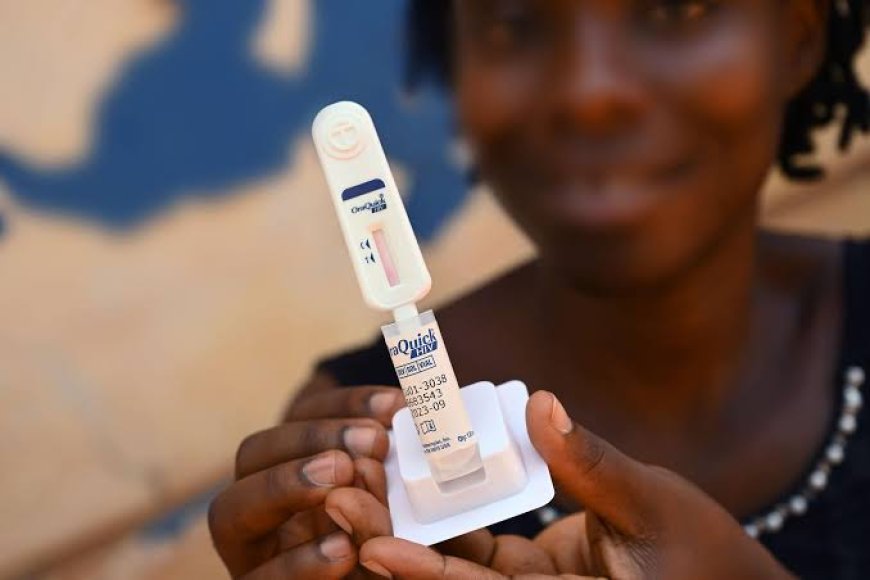The HIV Situation in Kenya

Nairobi,
Wednesday, 12 February, 2025
McCreadie Andias
Kenya's current HIV management situation creates a sense of hope in a struggle against the epidemic in the heart of East Africa.
Although the country has made spectacular progress in the fight against the virus over the past decade, the path to wiping the virus out is far from finished.
From 2013 to 2022, Kenya lost 58,446 people to AIDS and dropped to 18,473, a decrease of 68 per cent. At the same time, the number of new HIV infections also fell dramatically from 101,448 to 22,154.
At the end of 2023, 98 percent of all adults living with HIV were being treated, 97 percent of them were virally suppressed. Kenya is therefore positioned to take advantage of these achievements to further strengthen its comprehensive HIV response strategies.
In a first, Kenya launched 'The Kenya Plan To End AIDS in Children by 2027,' which among other things, includes eliminating mother to child transmission of HIV, syphilis and hepatitis. The 4 point action plan outlined in this is what the nation is going to take into action to ensure generations to come.
The government also released a Commitment Plan to tackle the ‘Triple Threat’ of the new infections, sexual gender based violence and teenage pregnancies and aims to eliminate these scourges by 2027.
With technical personnel and some administrative officer trained and equipped with the necessary skills and knowledge to fight such pressing problems, it is important that this initiative is endeavored.
However, Kenya continues to have several hurdles to overcome. The recent U.S. withdrawal from the World Health Organization and the freezing of global health aid, including PEPFAR, could threaten continuity of the HIV treatment and prevention programs.
In an effort to prevent treatment disruption, the Ministry of Health is speaking with other development partners and investing in local pharmaceutical manufacturing.
In addition, gaps in care persist, in particular, in relation to children, the young people and men, who are disproportionately impacted. Currently, the challenge of high mother to child transmission rates at 8.6% remains a serious concern.
Innovative approaches and sustained commitment are what health experts stress. One such innovation in Kenya's care of people living with HIV is the adoption of long acting injectable cabotegravir for HIV prevention technology.
In addition, universal health coverage is a focus of the government to ensure equitable access to healthcare to each citizen irrespective of place of residence; especially the underserved.
Mr Harry Kimtai, Principal Secretary, Medical Services emphasized the necessity of developing a comprehensive HIV Sustainability Operational Plan that reflects Kenya’s national aspirations and realities.
"This will be our blueprint for how we want to preserve and how we want to build on the gains we have made," he said. "However, it will take collective effort, innovative thinking, and steadfastness for all the stakeholders coming on board."
What's Your Reaction?


































































































































































































































































































